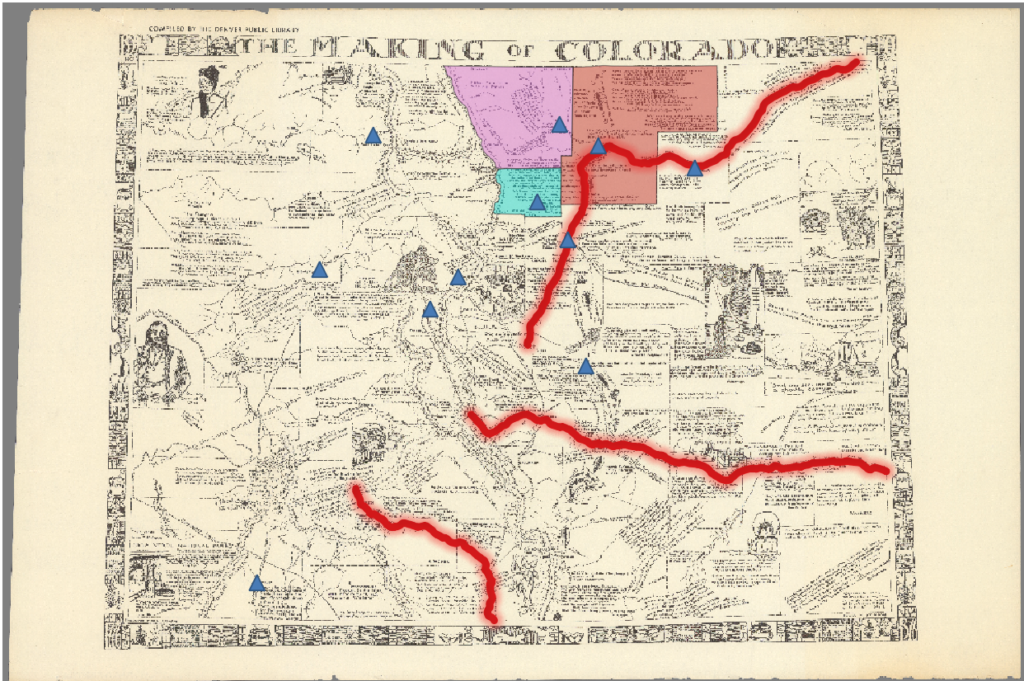
Some features of this map that would be difficult to assign a vector to would be the roads that litter the map. Not only are they difficult to see, they also are much more dense in the north end of the state making them hard to distinguish from other markings on the map. Additionally, the lines can be very fine making them no easy to see overall on the map. Another attribute that would have been appropriate to add in this dataset would be putting a line around the different counties that make up North, Central and South New Jersey to emphasize the different areas that make up these different geographical areas. Some spatial relationships that I spotted that I would not have otherwise was how much more densely populated North New Jersey is than South New Jersey. I was aware because of the proximity to New York that North New Jersey definitely has more but seeing the cities all being on the north end of the state really put into perspective how much less populated the southern third of the state is. Also the fact that this is still currently the case shows how even though is map is over one hundred years old it shows how even though times passes things stay the same for a lot of things.












